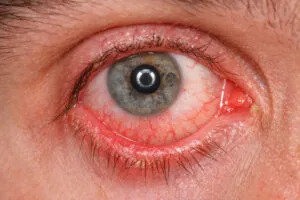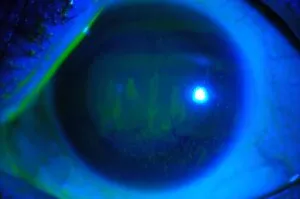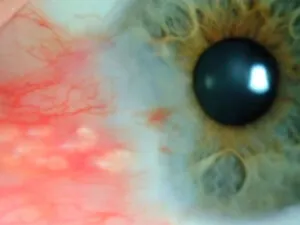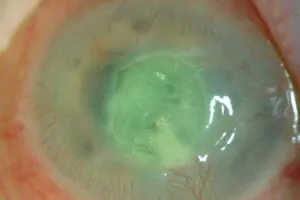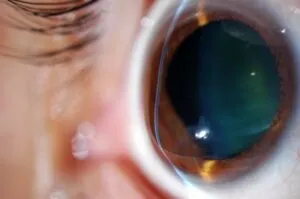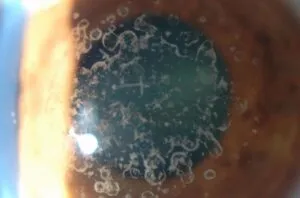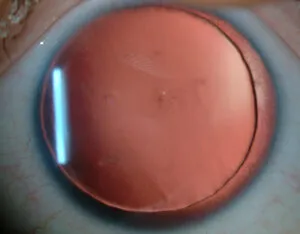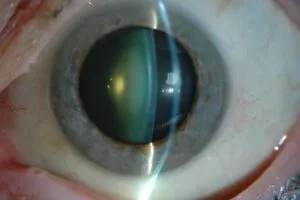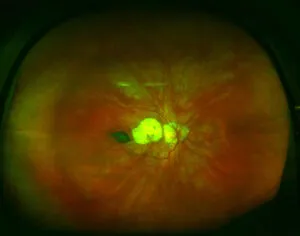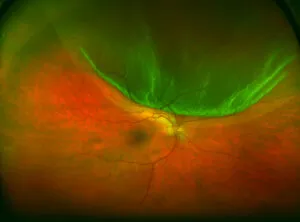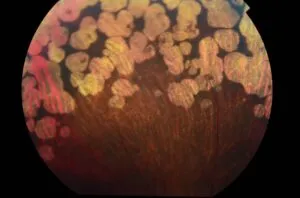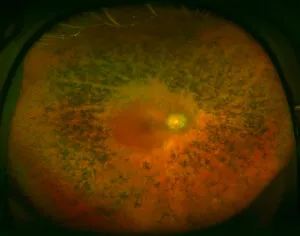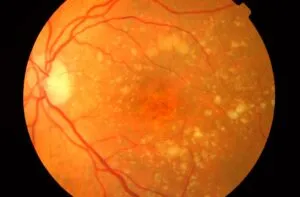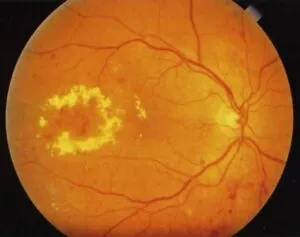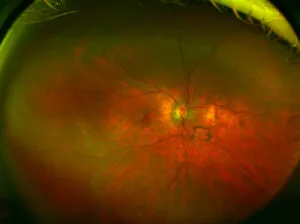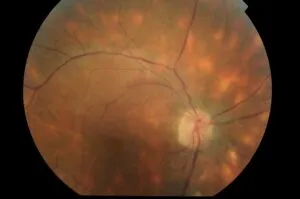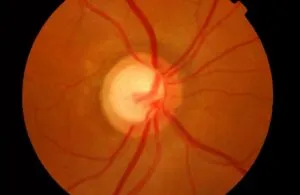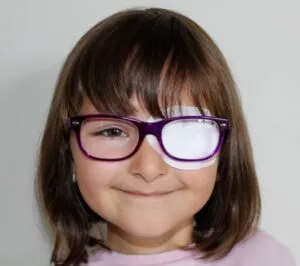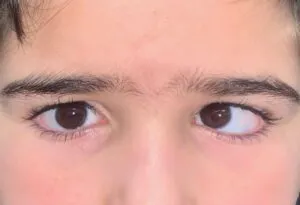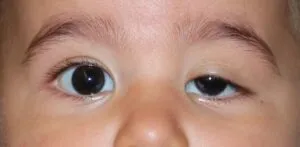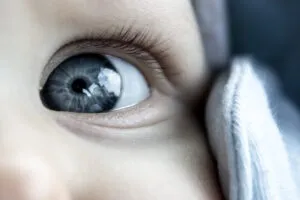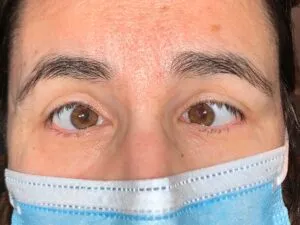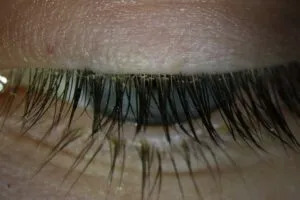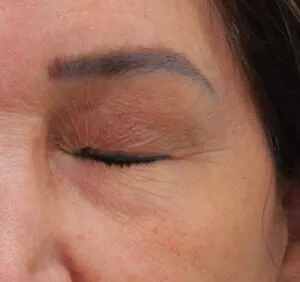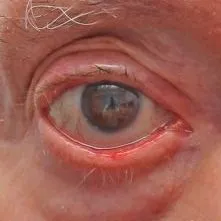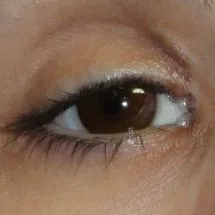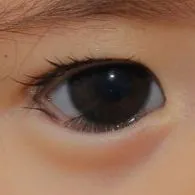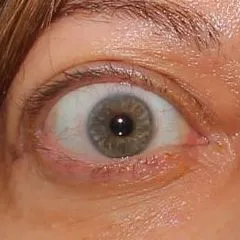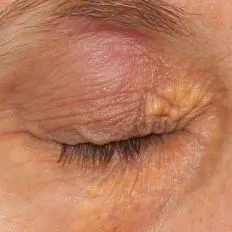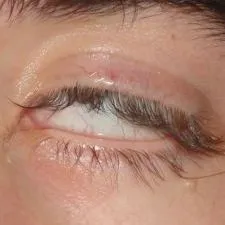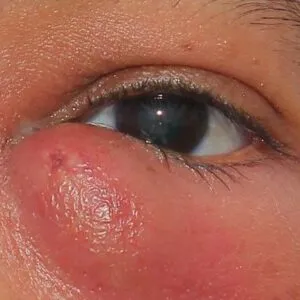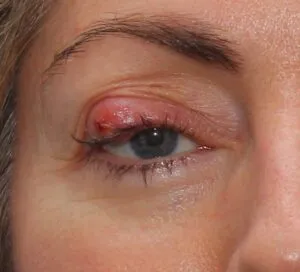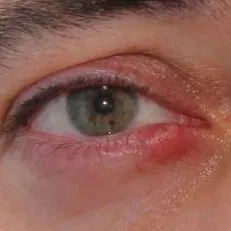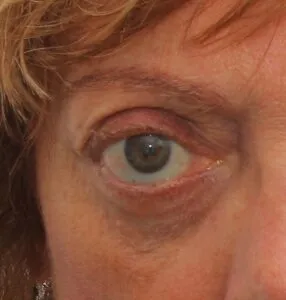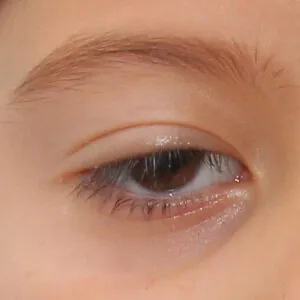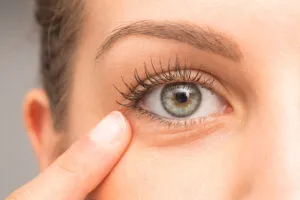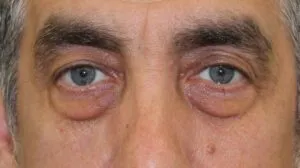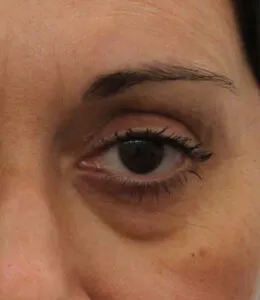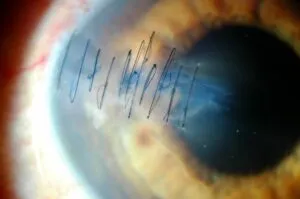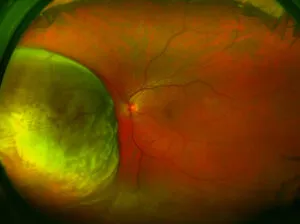Home Eye diseases Eye pathologies and vision diseases
Eye pathologies and vision diseases
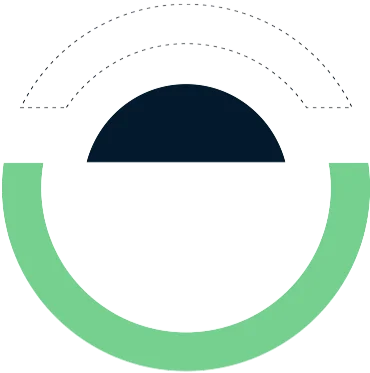
Cornea
The cornea is one of the structures that make up the eye surface and acts as the “window” of the eye, through which light rays enter and pass through it to focus properly on the retina. There are multiple pathologies that can affect the proper functioning of the cornea, deforming it, inflaming it, opacifying it, etc. and, as a consequence, affecting vision.
Cataracts
The crystalline lens is the eye’s natural lens, which allows us to focus on objects. For this to be possible and to see clearly, the lens must be elastic and transparent. When this transparency is lost for different reasons, mainly as a natural degenerative process linked to age, cataracts, one of the most common eye diseases, especially after 65 years, is caused.
Refractive errors
Refractive errors lead to poor vision at different distances, due to the blurring of images on the retina. This may be due to an alteration in the cornea’s curvature or the shape of the eyeball, as well as a problem with the elasticity and focusing capacity or accommodation of the lens, as both factors determine the dioptric power of the eye, which is what allows us to enjoy clear vision.
Retina
The retina is the innermost layer of the eye; a tapestry that covers the inside of the eyeball and is made up of a network of different types of interconnected cells (especially neurons). Eye diseases that damage this complex tissue often have a major impact on vision, as it plays a key role in converting light stimuli into electrical signals that are sent to the brain for interpretation.
Glaucoma
The optic nerve is the “wire” through which visual information, in the form of electrical signals or nerve impulses, travels from the eye to the brain. One of the main eye diseases that can irreversibly damage the fibres of this nerve (more than 1 million) and, therefore, cause a vision loss that can be serious, is glaucoma.
Pediatric ophthalmology
For children to see well, it is just as important that the eye and visual area of the brain be healthy as it is that they receive proper stimulation. Eye pathologies and problems that are not diagnosed and treated during the developmental stage of vision (generally, up to the age of 8), can lead to chronic visual limitation in adulthood.
Strabismus in adulthood
The extraocular muscles that surround the eyeball have to act in a coordinated way to direct the gaze so that both eyes are correctly aligned. When this does not happen, strabismus or eye deviation occurs, one of the typical eye diseases in childhood, but which can also be prolonged or appear in adulthood.
Oculoplastic
The structures attached to the eyeball, which are dealt with by oculoplastic specialists, are also essential for visual health and well-being. We refer to the eyelids that cover and protect the eye, the tear apparatus that produces, distributes and drains tears, and the orbit or bone cavity that houses the eyeball.
Aesthetics and oculofacial rejuvenation
Besides allowing us to see, the eyes also give expression to our gaze and face. In this sense, the ocular and periocular area is where a good part of aesthetic problems and signs of age, sun exposure or stress are concentrated, which can give us an aged or tired appearance (bags under the eyes, dark circles, wrinkles …).
Tumors and trauma
Both tumours and trauma can affect different eye structures, from the most superficial, such as the eyelids and cornea, to the most internal, such as the retina or orbit. The most severe ones can jeopardise the integrity of the eye and vision and, in the case of tumours, also the patient’s general health and life.
